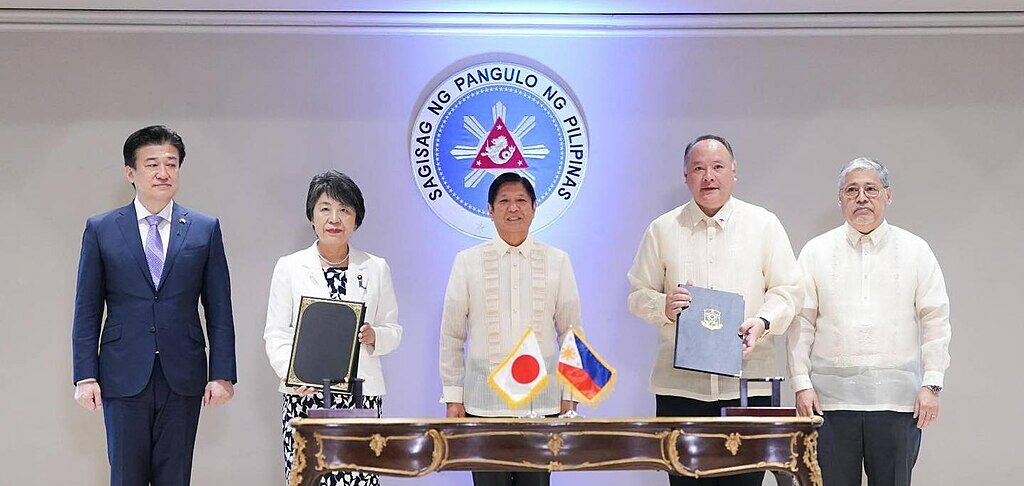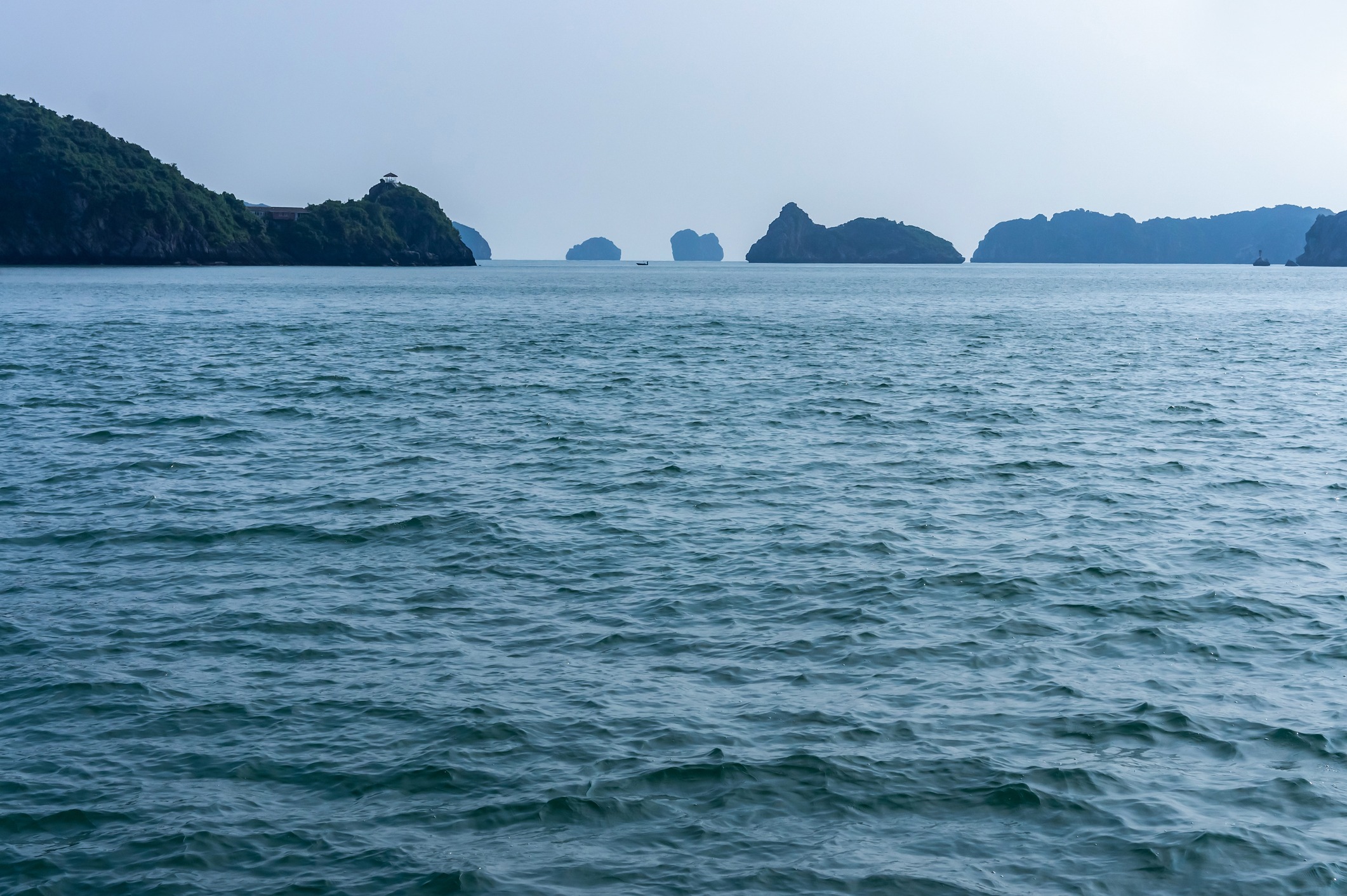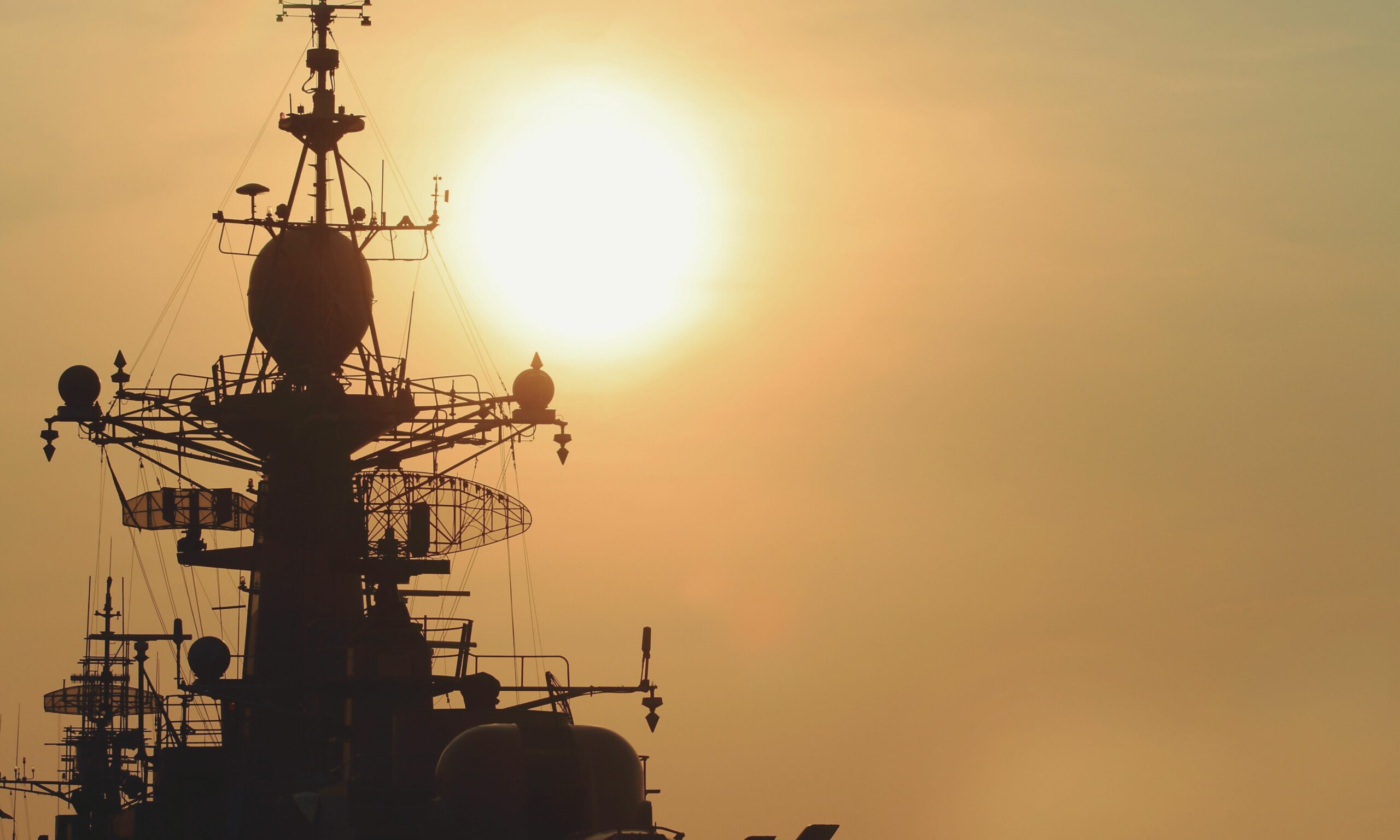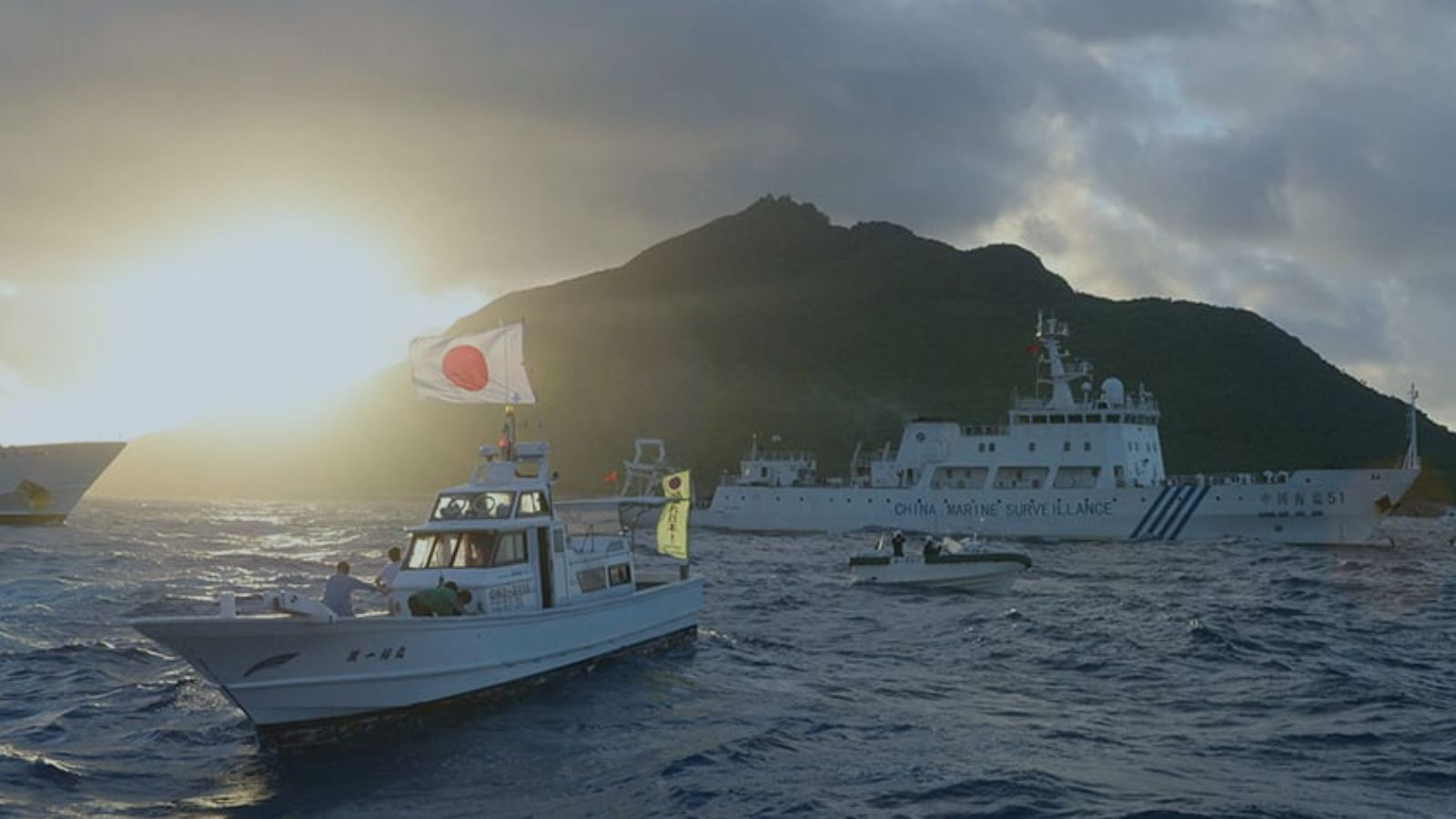The Japan-Philippines Reciprocal Access Agreement: Landmark Pact that Strengthens Ties Between Like-Minded States
Japan and the Philippines signed a vital Reciprocal Access Agreement (the Japan-Philippines RAA) on July 8, 2024, in Tokyo. The RAA establishes procedures for cooperative activities between the Japan Self-Defense Forces and the Armed Forces of the Philippines by, for instance, exempting visas for the visiting force when either of their troops visits the other country. The aim is to improve interoperability between the two national forces by facilitating their access to each other’s military bases for joint exercise and training. The Philippines is the third country with whom Japan has signed the RAA; similar agreements have been signed by Japan with Australia and the United Kingdom. While the RAA only facilitates the deployment of troops on each other’s territory, it has an impact comparable to upgrading the relationship to a ‘quasi alliance.’ The conclusion of the RAA between Japan and the Philippines is also remarkable because it strengthens ties between like-minded states in the Indo-Pacific region.
The backdrop of the Japan-Philippines RAA – the China factor
The Japan-Philippines RAA comes against the backdrop of China’s attempts to change the status quo of disputed maritime territories by use of force. In the East China Sea, China claims sovereignty over the Senkaku Islands, which has led to a long-standing dispute with Japan. China has frequently intruded into the islands’ territorial and contiguous waters, and in response, the Japan Coast Guards (JCG) has patrolled the area round-the-clock to defend the islands. In the South China Sea, China claims ownership and sovereign jurisdiction over reefs, uninhabited islands, and the maritime areas demarcated by its ‘Nine Dash Line.’ Chinese maritime agencies are found to frequently block fishing and resource exploitation by the other coastal states of the South China Sea, resulting in increased hostilities and incidents of vessel collisions in the region. The Philippines and Chinese maritime vessels have repeatedly clashed with each other in the contested waters near the Second Thomas Shoal in the Spratly Islands, resulting in injuries to Filipino soldiers due to China’s use of water cannons.
As a result of China’s increasingly assertive behaviour in the East and South China Seas, minilateral security cooperation among like-minded states has bourgeoned in the Asia-Pacific region. For instance, in 2017, the Quadrilateral Security Dialogue (QUAD), consisting of the United States, Japan, Australia, and India, revived after a ten-year interval. The QUAD does not focus on security cooperation yet, instead aiming to promote and maintain public goods in Asia, such as climate change and the rule of law. Their recent emphasis on improving maritime domain awareness, however, illustrates that the QUAD is now shifting its focus to the maritime environment in the Indo-Pacific. In 2021, the United States and the United Kingdom announced a new ‘AUKUS’ initiative to provide Australia with nuclear submarines. Similarly, minilateral defence meetings among like-minded states in the Asia-Pacific region have been held actively. The United States-Japan-Australia Trilateral Security Dialogue upgraded itself as a platform for policy coordination in the security field. In June 2023, they welcomed the Philippines to their Trilateral Defense Minister’s Meeting in Singapore along the sidelines of the 2023 Shangri-La Dialogue. The four states then held joint naval and air drills in the South China Sea. The RAA between Japan and the Philippines is the latest in a series of developments between like-minded Indo-Pacific states, which are increasingly united by their shared concerns about China’s growing assertiveness in the region’s maritime spaces. .
Strengthening Japan-Philippines Relations
Given the long history of Japan’s economic support towards the Philippines, it is reasonable that the two countries have deepened their security ties with the RAA to face the Chinese challenges. Starting with the JCG’s technical support for the safety of maritime transportation, Japan has expanded the scope of the assistance to the security field, in response to the increase of piracy, by utilizing the Japan International Cooperation Agency (JICA) and the JCG in the 2000s. Japan’s support then became more substantial to strengthen the Philippine Coast Guard’s (PCG) law enforcement capability as a result of China’s attempts to change the status quo through ‘grey zone’ tactics, which employs China’s Coast Guard and fishing vessels.
Similarly, in the wake of China’s assertive action in the East and South China Seas, Japan and the Philippines’ defence relationship has also steadily deepened. After the Philippines lost control over Scarborough Shoal in 2012, the Japanese government decided to provide ten patrol vessels to the Philippines to elevate its capabilities. Then, both states stepped up their defence ties by signing the memorandum of defence cooperation and a defence transfer agreement. Notably, the Philippines was the first Asian state to sign a defence transfer agreement with Japan. In April 2022, these states started the 2+2 Foreign and Defense Ministerial meeting, leading to the conclusion of the RAA.
The deepening defence relationship between Japan and the Philippines, who are both US allies, implies that, in addition to the existing minilateral groups such as the QUAD, there has emerged a new security network, which centres around the United States. While these security ties do not equate to Japan’s defence commitment to the Philippines, and is not comparable to an alliance structure like the North Atlantic Treaty Organization (NATO), whose member states help each other in case of contingency, it will send a strong diplomatic message to China that they are determined to uphold the rules-based order in the maritime domain. It also reinforces the military capability of the Philippines, which is the weakest front-line state facing Chinese forceful attempts. Since Japan also faces maritime threats from China in the East China Sea, the fate of the Philippines would have ramifications on the future of not only the dispute over the Senkaku Islands but also to Asia’s maritime order, which is also challenged by China. The United States has also strengthened its alliance with the Philippines and expanded its military deployment in the country to nine bases. The new guidelines adopted have clearly stated the United States’ defence commitment to the Philippines, specifically in case of Chinese attacks in the South China Sea, including on the PCG.
However, while the Philippines feels the need to defend its national interests by defending its territory, it also needs to secure its economic interests to achieve economic growth. It is difficult for the country to ignore the perceived economic benefits brought about by China’s investment and trade. Therefore, Japan and other advanced states need to provide both military and economic assistance to keep a new friend on their side. The 2024 joint statement by Japan, the Philippines, and the United States shows their readiness to make their relationship more comprehensive, from military to economic ties. The RAA is also a measure to strengthen the deterrence and the capability of the Armed Forces of the Philippines. With the RAA, Japan hopes to support the Philippines’ efforts to stop China’s forceful attempts and keep the country on its side. Such a support would in turn contribute to defending its national interests in the East China Sea and maintaining the ‘Free and Open Indo-Pacific’.
About the Author
Professor Kyoko Hatakeyama, teaches International Relations at the Department and the Graduate School of International Studies and Regional Development, University of Niigata Prefecture in Japan. She is a graduate of Keio University and obtained M.A. and Ph.D. from Macquarie University in Australia. Prior to this position, she served as a Research Analyst of security situations in Asia as well as Europe at the Ministry of Foreign Affairs of Japan, an Associate Professor at Kansai Gaidai University, an Adjunct Professor at Ritsumeikan Asia- Pacific University and Yokohama City University and a Visiting Fellow at Leiden University. Her research interests include Japan’s foreign policy, maritime policy, peacekeeping policy, and International Relations Theory. Her current project focuses on maritime security and the regional order in Asia. Recent publications include “Middle Power’s Roles in Shaping East Asian Security Order: Analysis of Japan’s Engagement from a Normative Perspective”, Australian Journal of Politics and History (2019 March); Japan’s Evolving Security Policy: Militarisation within a Pacifist Tradition, Routledge, 2021.
The opinions articulated above represent the views of the author(s) and do not necessarily reflect the position of the Asia-Pacific Leadership Network or any of its members. APLN’s website is a source of authoritative research and analysis and serves as a platform for debate and discussion among our senior network members, experts, and practitioners, as well as the next generation of policymakers, analysts, and advocates. Comments and responses can be emailed to apln@apln.network.
Photo credit: Wikimedia Commons. Japan Foreign Minister Yoko Kamikawa and Defense Secretary Gilberto Teodoro Jr sign the Philippines-Japan Reciprocal Access Agreement to boost defense cooperation, on 8 July 2024. With them are Philippines President Marcos, Japan Defense Minister Minoru Kihara (left) and Foreign Secretary Enrique Manalo.




